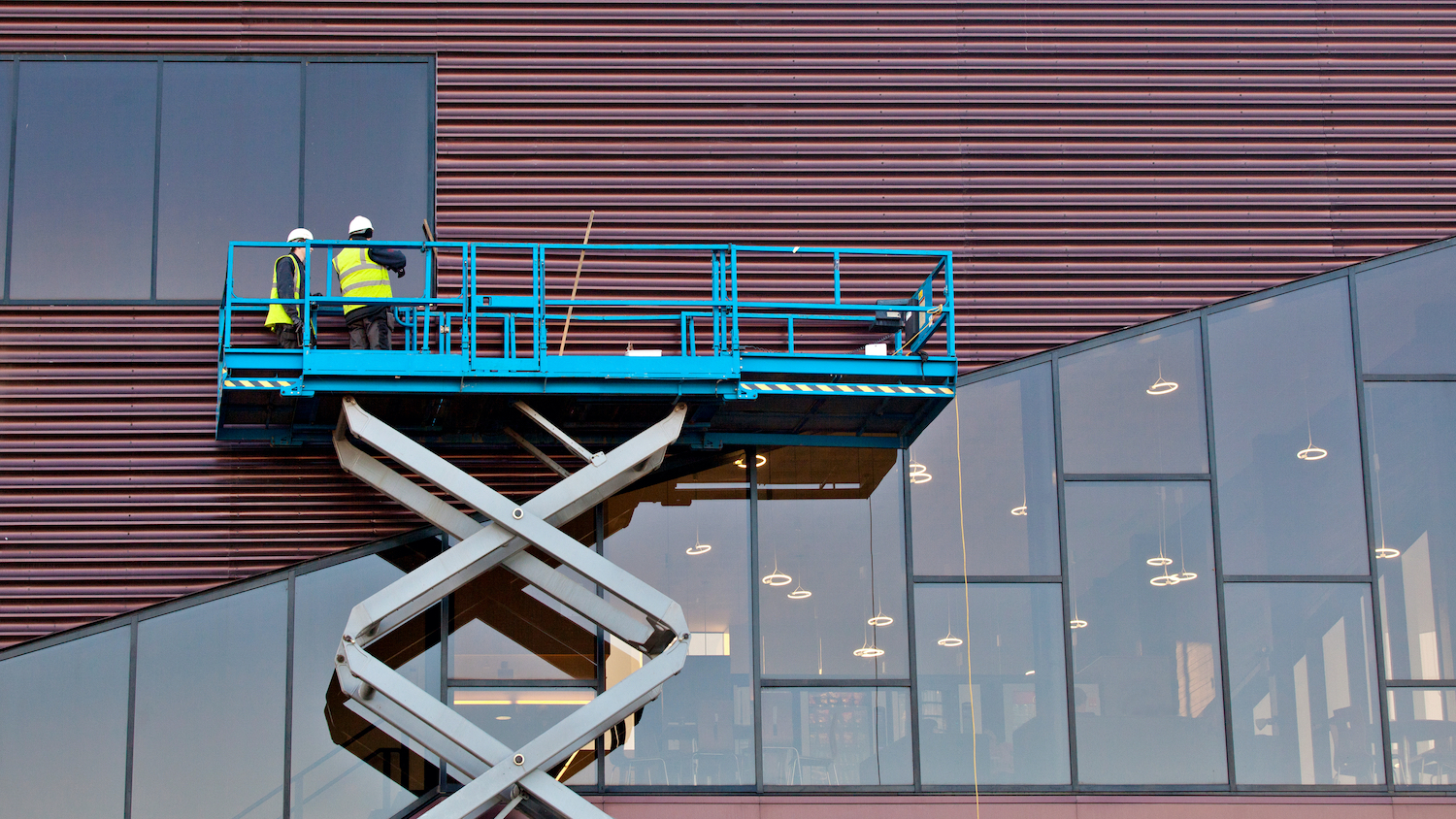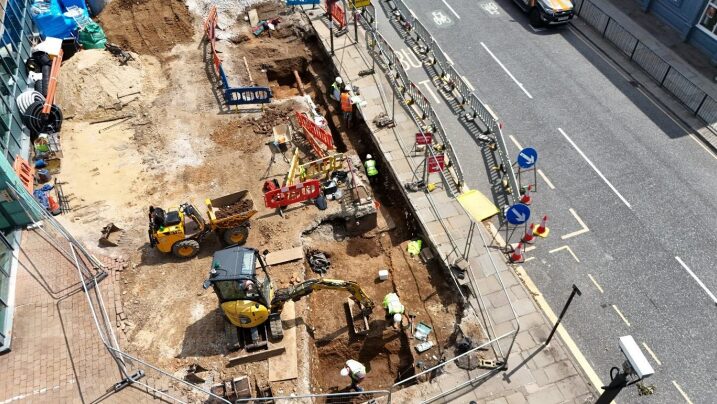
Archaeologists have uncovered “remarkably well-preserved” Roman remains at a site in Manchester city centre where contractors TJM and Lee Contracting are building a 2,000 sq m commercial mixed-use development.
The excavations by Civic’s archaeology and built heritage team revealed a Roman road and settlement remains, including industrial hearths, which together span the late 1st to 3rd centuries AD.
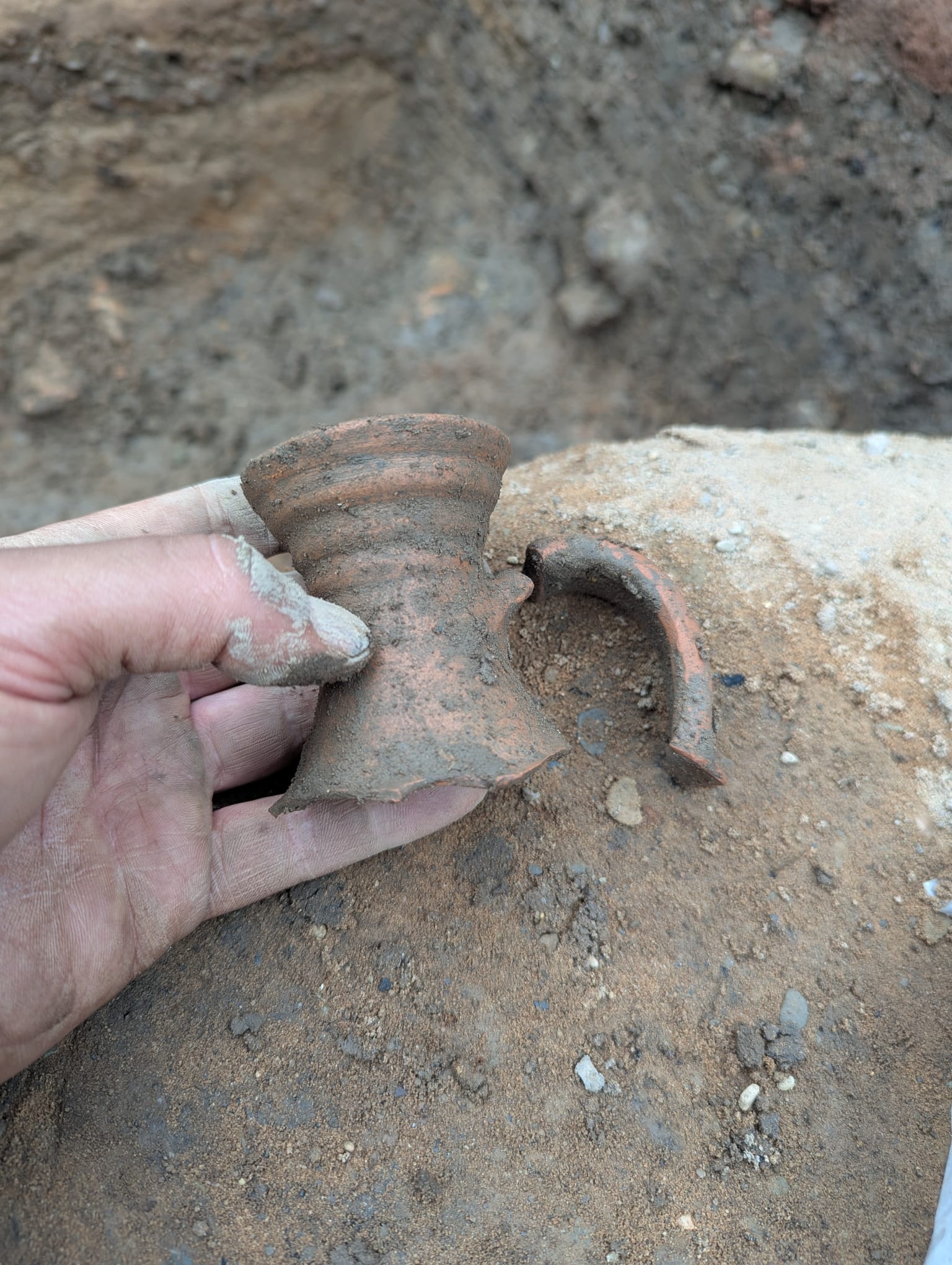
The dig has revealed a Roman road – the main northern exit route from the former Roman fort – at a shallow depth, which Civic said is a rare find in a city centre.
Archaeologists also found an array of domestic artefacts, including both locally-made and imported pottery, decorative glassware and animal bones.
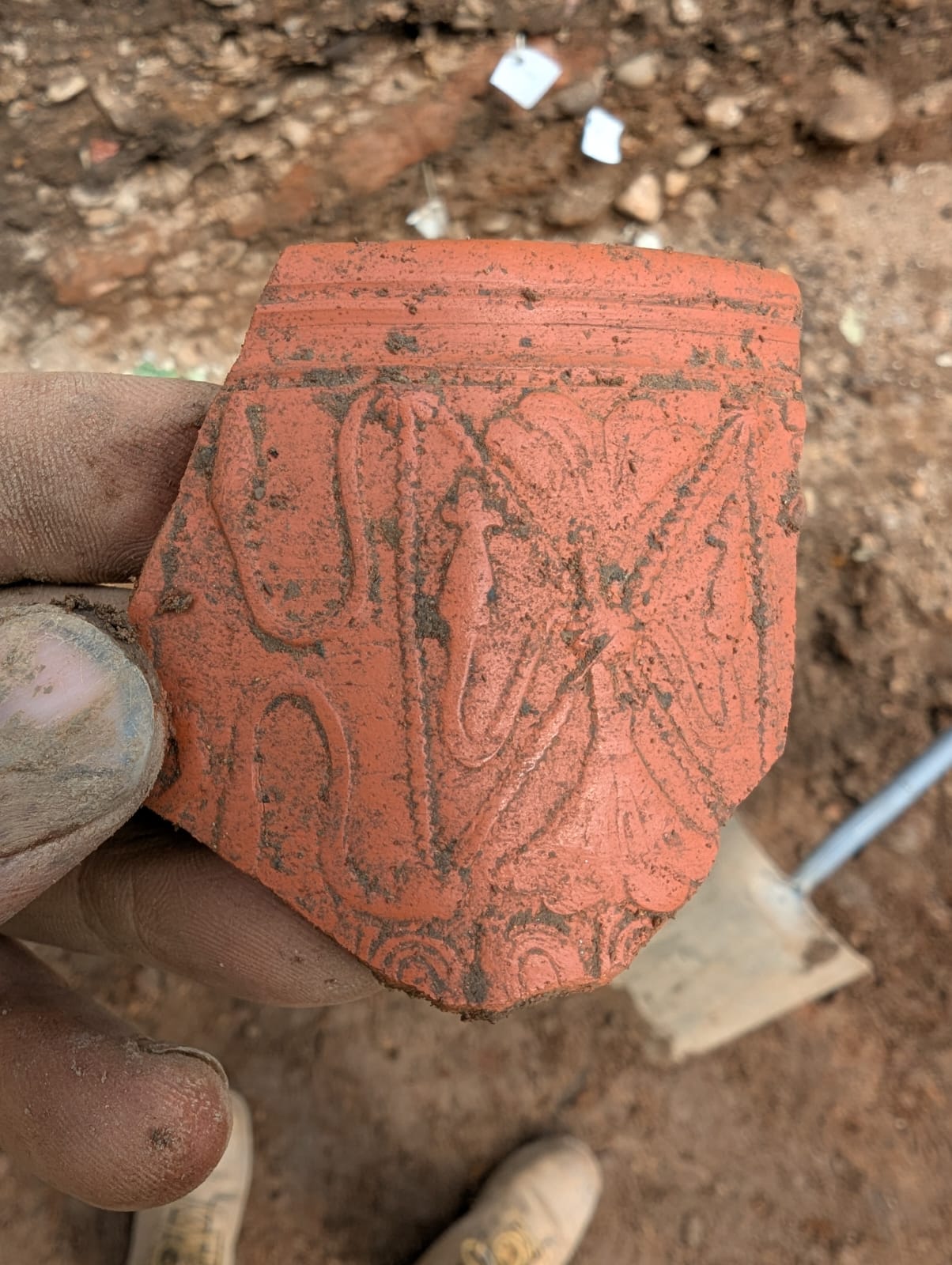
The discovery of the hearths hints at an episode of industrial activity in this part of the Roman civilian settlement in a period when the settlement here was thriving.
The discoveries were made during the groundwork phase of the Castlefield House project that TJM and Lee Contracting are building for developer Allied London. The scheme forms part of the wider Campfield masterplan to remodel the historic Upper and Lower Campfield Markets.
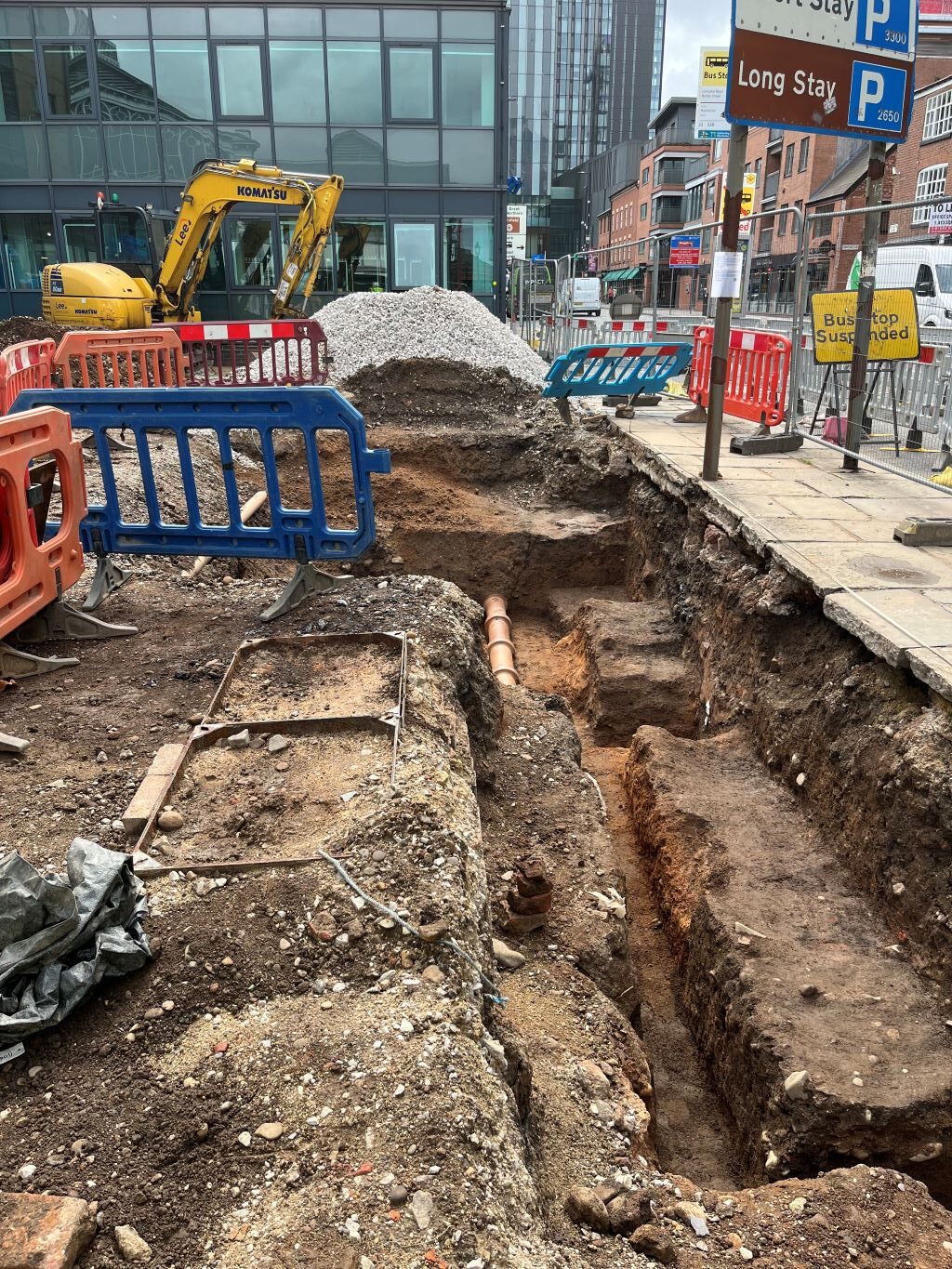
The Civic team will record the road and artefacts with help from TJM and Lee Contracting.
Ollie Cook, director of Civic’s archaeological and built heritage team, said: “This is one of Manchester’s most significant Roman archaeological discoveries in the past two decades, offering a tangible glimpse into daily life in Mamucium.
“It is an incredible moment to be able to stand on the same road walked by civilians and soldiers decades before, and it’s remarkable that it has remained so well preserved at such a shallow depth. The analysis of the dataset from the excavation will hugely improve our knowledge of Roman Manchester. Cultural heritage is key to sustainable placemaking, and it’s rare finds like these that tell a story for generations to come.”










